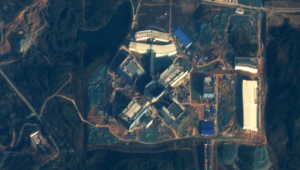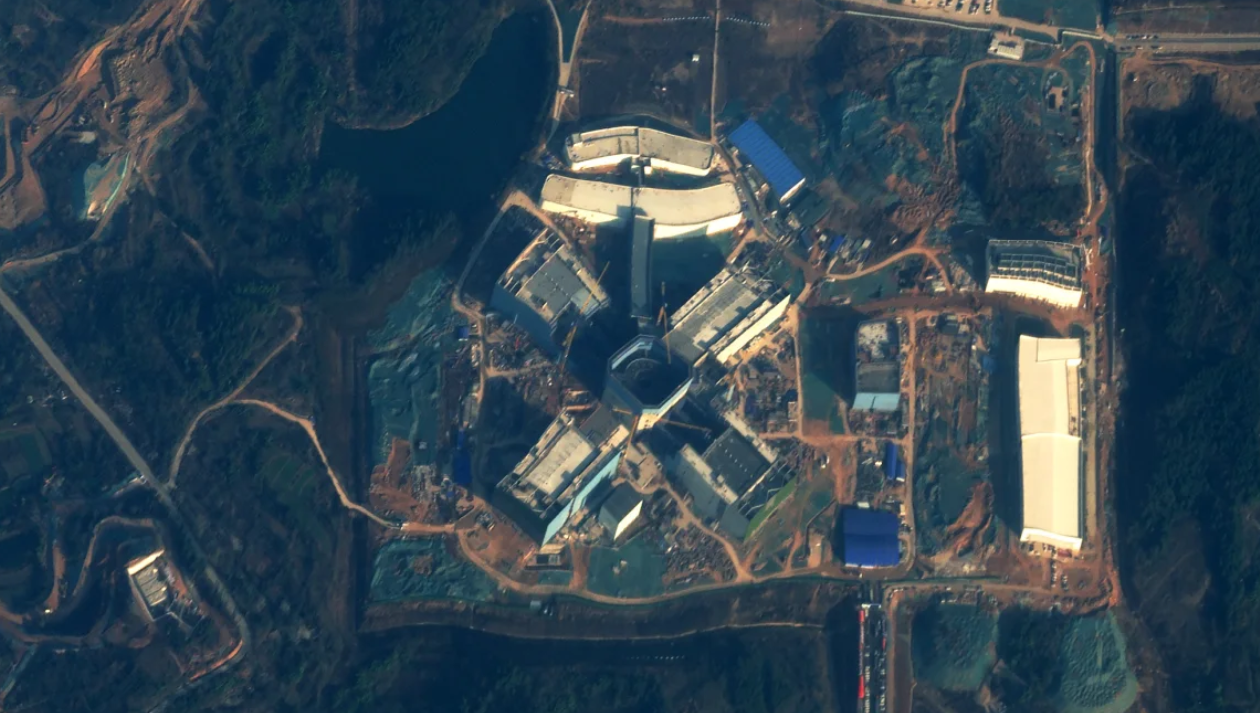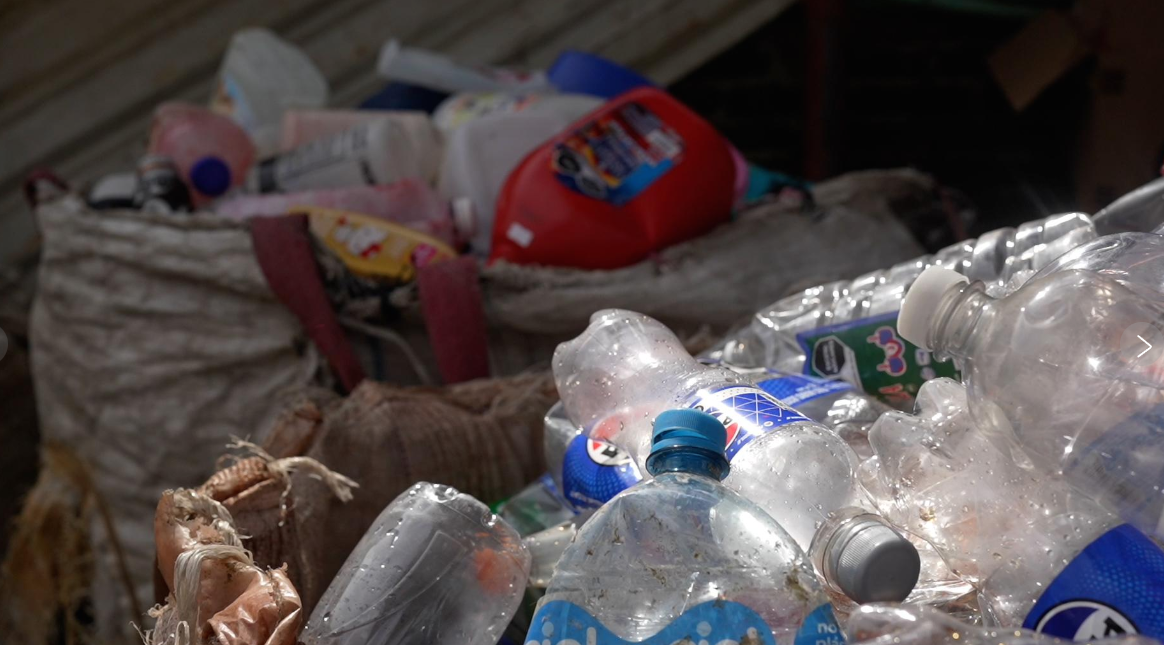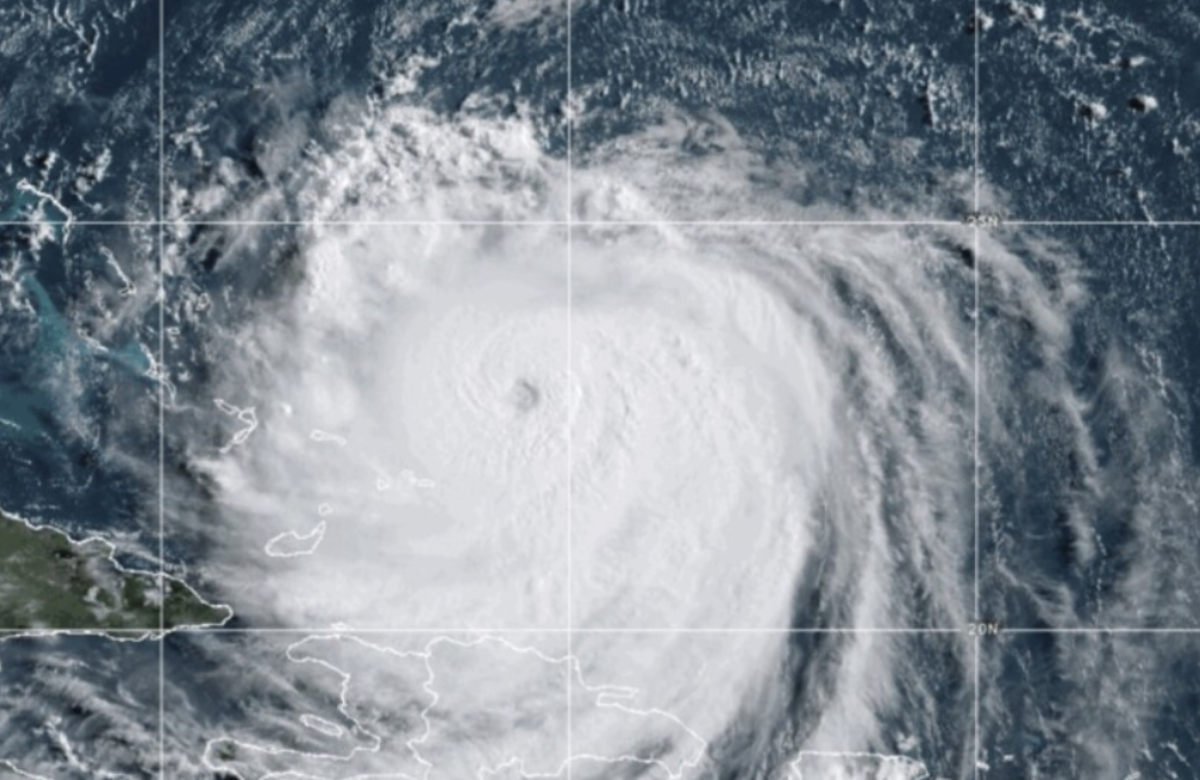China made significant strides in renewable energy last year, installing more wind and solar power than ever before, outpacing all other countries. According to China’s National Energy Administration, the country added 357 gigawatts of solar and wind power, marking a 45% increase in solar capacity and an 18% increase in wind capacity compared to the end of 2023. This amount of new power is equivalent to building 357 full-sized nuclear plants in just one year.
With these additions, China exceeded its goal of reaching 1,200 gigawatts of renewable energy by 2030, a target set by President Xi Jinping five years ago, and achieved it six years ahead of schedule.
This progress is crucial, as China continues to be the world’s largest emitter of greenhouse gases, relying heavily on coal for electricity generation, cement production, and manufacturing. Despite its dominant role in climate change, China acknowledges the importance of rapidly expanding renewable energy to ensure both energy and climate security.
“While China’s overall emissions are the largest of any country, they’ve recognized that rapidly scaling up renewables is essential for their energy and climate security,” said Daniel Jasper, senior policy advisor at Project Drawdown. “Given the recent changes in Washington, China is now in a strong position to lead the global energy transition.”
Carbon Brief reports that China’s carbon dioxide emissions, which have been on the rise, saw a slight decrease when comparing the last 10 months of 2024 to the same period in the previous year. However, it is still too soon to determine whether this signals a significant turning point for global emissions.
The U.S. also saw a significant increase in clean energy installations in 2024, though it was still behind China, with 268 gigawatts of solar and wind power added, according to preliminary data from the American Clean Power Association.
In addition to being a major producer and consumer of clean energy, China is the world’s leading exporter of the equipment used to generate it. The country is the top supplier of batteries, solar panels, wind turbines, and electrolyzers, which are used to produce hydrogen fuel, according to the International Energy Agency.
China’s massive manufacturing capacity has significantly reduced the cost of solar and wind energy, making them cheaper than fossil fuels for electricity generation in most cases. This week, DeepSeek, a Chinese AI company, raised hopes that it may have found a way to innovate further in this field, potentially using less electricity in the process.
Meanwhile, the U.S. clean energy industry is facing challenges due to actions by former President Donald Trump. His executive orders paused the leasing and permitting of wind energy projects, approved oil and gas drilling and mining in Alaska, and declared a national energy emergency.















